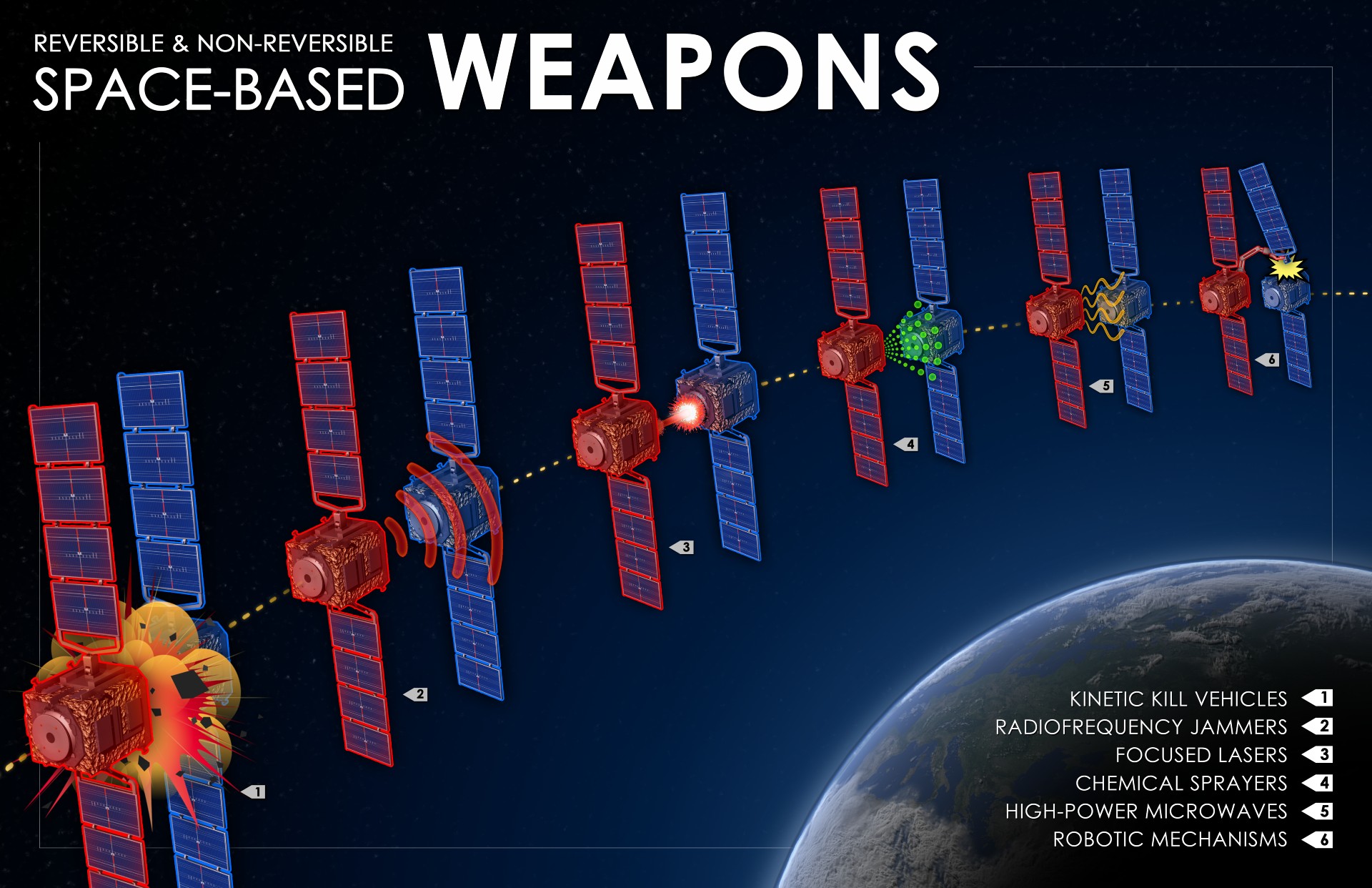The U.S. Space Force just completed a major joint training exercise that saw participants engage in simulated orbital combat.
The exercise, known as Space Flag 22-3, took place from Aug. 8 to Aug.19 at Schriever Space Force Base in Colorado. Close to 120 Space Force personnel from multiple U.S. Space Force Deltas took part in the training alongside counterparts from the U.S. Air Force and the U.S. Army, according to a Space Force statement (opens in new tab). The training was conducted by Space Force’s training and education component, Space Training and Readiness Command (STAR Command or STARCOM).
Space Flag 22-3 presented realistic training opportunities that “challenged players to consider complex astrodynamics while maneuvering and operating during simulated on-orbit combat engagements” in a “contested, degraded and operationally-limited environment,” the statement continues.
Related: US Space Force establishes new unit to track ‘threats in orbit’
“I really enjoyed watching our Soldiers, Airmen, and Guardians mission plan and then prosecute the fight against realistic threats to space capabilities,” U.S. Army Col. Donald Brooks, 1st Space Brigade commander, said in the statement.
Space Flag 22-3 offered trainees the opportunity to “refine combat tactics in space domain awareness, intelligence, warning and surveillance, navigation warfare, orbital warfare and satellite communications” using a variety of simulations, both live and virtual, according to the statement.
The exercise was the first Department of Defense space exercise to receive accreditation as a Joint National Training Capability. This designation applies to activities that offer servicemembers from across multiple branches of the armed forces a realistic combat training environment with “an adaptive and credible opposing force” that provides “high quality feedback,” according to the United States Joint Forces Command (opens in new tab).
Space Flag 22-3 also marked the first time that the Space Force’s 5th Electromagnetic Warfare Squadron participated in the exercise. The unit, located at Peterson Space Force Base in Colorado, is tasked with providing U.S. Space Command with “combat-ready electromagnetic warfare forces” in order to “protect and defend US and allied global operations,” according to a Space Force fact sheet (opens in new tab).
The types of threats simulated in Space Flag 22-3 have become a pressing concern for the Space Force and the Pentagon. A variety of new space-based weapons have been developed and tested in recent years, ranging from non-destructive effects like GPS satellite jamming or laser “dazzlers” that can blind spy satellites, to destructive ones.
These destructive capabilities include anti-satellite missiles and far more exotic technologies like high-power microwave weapons that can fry a spacecraft’s electronics, or chemical sprayers that can foul a satellite’s moving surfaces or permanently obscure its optical sensors, according to a report (opens in new tab) published by the National Air and Space Intelligence Center (NASIC).

There is also a growing concern about so-called “inspector satellites” that can maneuver in close proximity to and ‘stalk’ other spacecraft. The Pentagon has called the use of these satellites “irresponsible behavior.”
In 2021, Space Force Vice Chief of Space Operations Gen. David D. Thompson said that U.S. satellites are under attack (opens in new tab) “every single day” from non-destructive effects such as jamming, laser dazzling or cyber attacks that can sever a satellite’s communications or disrupt its controls.
As these types of threats continue to proliferate, the Space Force will no doubt continue to expand its training to be prepared to counter them.
Follow Brett on Twitter at @bretttingley (opens in new tab). Follow us on Twitter @Spacedotcom (opens in new tab) or on Facebook (opens in new tab).

